Nitrosamine Impurities and the Sartans
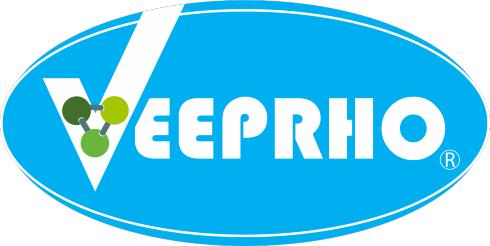
Medicine Regulatory Authorities first became aware of the presence of the nitrosamine impurity, N-nitrosodimethylamine (NDMA), in products containing valsartan in July 2018. Valsartan is an Angiotensin II Receptor Blocker (ARB) and belongs to a family of analogue compounds commonly referred to as the sartans.
Further nitrosamine impurities were subsequently detected in other medicines belonging to the sartan family, including: N-nitrosodiethylamine (NDEA), N -nitrosodiisopropylamine (NDIPA), N -nitrosoethylisopropylamine (NEIPA) and N -nitroso-N-methyl-4-aminobutyric acid (NMBA).
What are nitrosamines?
Nitrosamines, or more correctly N-nitrosoamines, refer to any molecule containing the nitroso functional group. These molecules are of concern because nitrosamine impurities are probable human carcinogens. Although they are also present in some foods and drinking water supplies, their presence in medicines is nonetheless considered unacceptable.
In the case of the sartan compounds, most contain a tetrazole ring and the formation of this tetrazole ring employs the use of sodium nitrite. Coincidently the solvents employed either were amines, or contained traces of amines, and this likely afforded the observed NDMA and NDEA. However, during on-going investigations, it was also concluded that the possibility for nitrosamine impurity content was broader than simply the concurrent presence of nitrites and amines in the synthesis of the active pharmaceutical ingredient (API).
Evidence suggests that sources of nitrites or amines as unintentional contaminants of starting materials, reagents and solvents – such as dimethylamine in the common solvent dimethyl formamide (DMF) – may also provide circumstances in which nitrosamines may form. The carryover of nitrites or amines from subsequent steps may also afford opportunities for formation. Notably, contamination from external sources has been identified as a source of nitrosamine content. In particular, contamination from the use of recycled materials and solvents that already contain levels of nitrosamines. A cited example of this involves the use of recycled DMF, which is quenched with sodium nitrite to destroy residual azide as part of the recovery process. Furthermore, the recycling of materials and solvents is often outsourced to third parties who may not implement adequate controls in view of the content of the materials they are processing. Materials and solvents can become cross-contaminated with nitrosamines or with impurities that could react downstream to form nitrosamines, if the equipment is not adequately cleaned between customers.
Importantly, these additional mechanisms, in particular cross-contamination, are to varying degrees product non-specific and may affect products that would otherwise not be expected to be at risk of nitrosamine formation. These broader concerns have prompted the European Medicines Agency (EMA) to request that Marketing Authorisation Holders (MAHs) of all Finished Pharmaceutical Products (FPPs) conduct risk assessment to determine the risk of nitrosamine content.

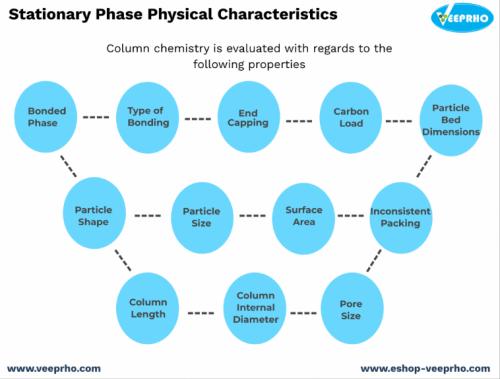
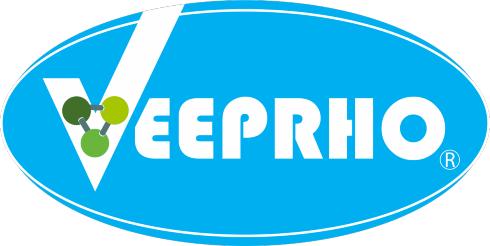
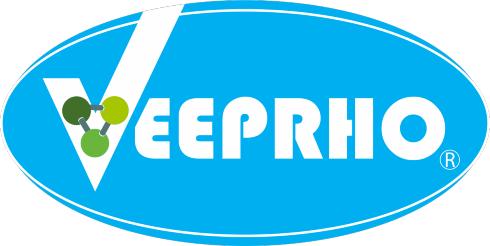
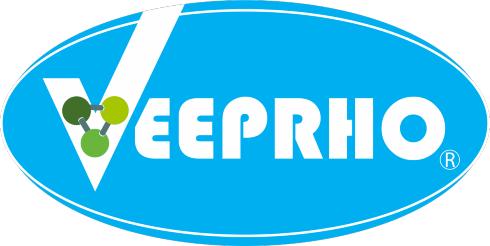
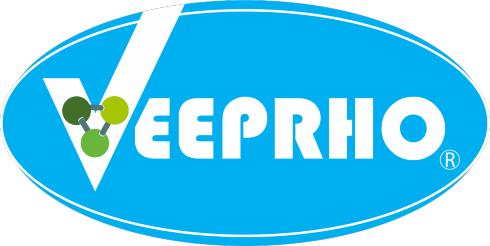
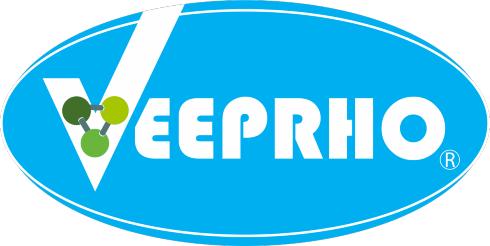
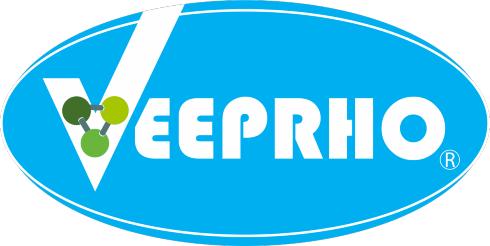
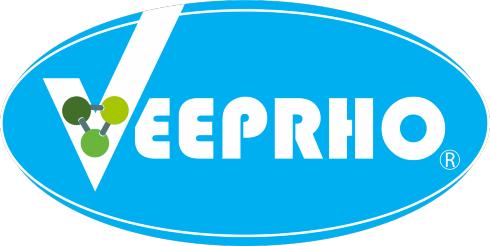
Comments